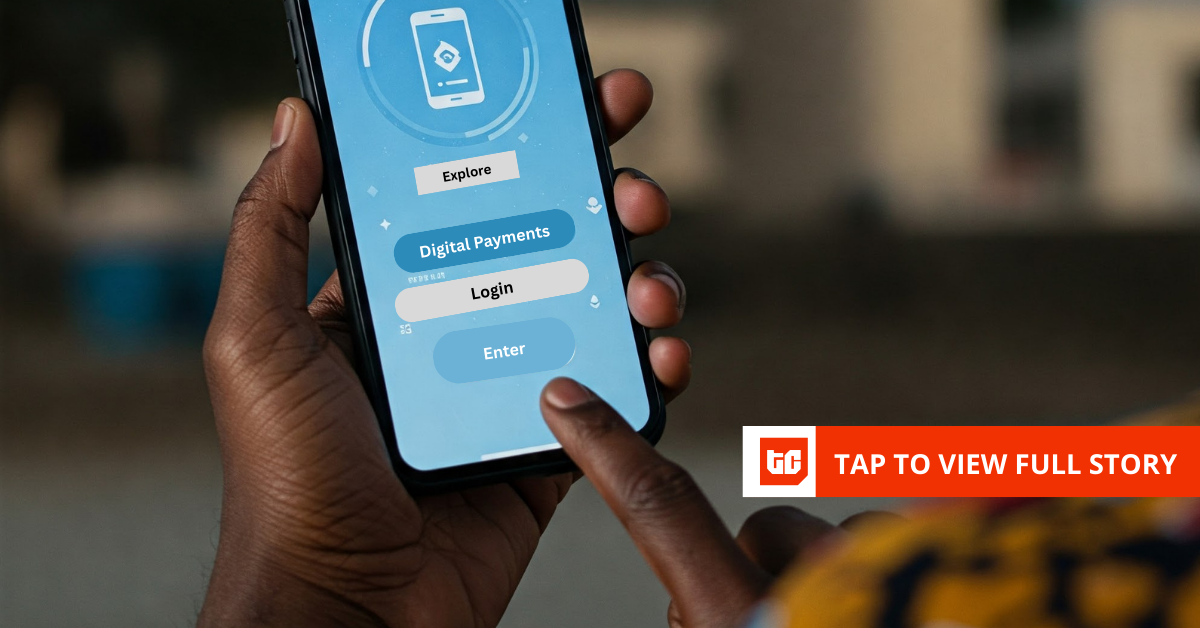The real challenge with YouTube Shorts isn’t just making one great video; it’s the pressure to come up with a constant stream of fresh, engaging ideas. You might have a great channel, but turning your expertise into a compelling 60-second story, day after day, can be exhausting.
Many turn to ChatGPT for help, but asking “give me video ideas” often results in generic lists you’ve seen a hundred times. The secret isn’t just that you use a tool like ChatGPT, but how you talk to it.
This guide is a playbook of better questions. Instead of vague requests, you’ll find specific, detailed prompts that treat ChatGPT like a strategic partner. To use them, just copy a prompt and replace the [bracketed text] with your own details. We have written prompts for everything from finding your next big idea to writing a hook that stops the scroll, giving you a smarter process for creating Shorts that your audience will love.
Phase 1: Strategy & Ideation
Before you even think about a script, you need a solid strategy. These prompts help you define your niche, understand your audience, and generate ideas that have a high potential for success.
1. Core Channel Strategy & Idea Generation
This is your foundational prompt. Use it to generate a batch of ideas that are perfectly tailored to your channel.
- Act as a viral YouTube strategist specializing in short-form content. My channel is about
[Your Channel's Niche, e.g., 'budget-friendly home cooking for busy professionals']. My target audience is[Describe Your Target Audience, e.g., 'millennials aged 25-35 who want healthy meals but have little time'].Generate 10 unique YouTube Shorts ideas that fit this profile. For each idea, provide:
1. A potential title that creates curiosity.
2. A 1-sentence description of the Short’s concept.
3. The specific content format (e.g., tutorial, myth-busting, quick tip, personal story, comparison).
2. Tapping into Trends
Capitalize on what’s currently popular without losing your channel’s identity.
- Analyze current trends on YouTube Shorts and TikTok relevant to the
[Your Niche, e.g., 'personal finance']niche. Provide 5 video ideas that adapt these trends to my content style, which is[Describe your style, e.g., 'informative and data-driven']. For each idea, explain which trend it’s based on.
3. Uncovering Pain Points and Solutions
The best content solves a problem for the viewer.
- My target audience,
[Describe Your Target Audience], struggles with[A common problem, e.g., 'procrastination when studying']. Generate 5 YouTube Shorts ideas that offer a quick, actionable solution or a relatable perspective on this specific problem. Frame the ideas as “quick wins” for the viewer.
Phase 2: Scriptwriting & Content Structure
A great idea needs a great script. A Short’s script must be incredibly tight, with a hook, value, and a call-to-action (CTA) all delivered in under 60 seconds.
4. The All-in-One Script Generator
This is your go-to prompt for writing a complete, well-structured script.
- Write a complete script for a YouTube Short (under 60 seconds) based on this idea:
[Your Chosen Idea, e.g., 'A 3-ingredient dessert you can make in 5 minutes'].The target audience is[Your Audience]and the tone should be[e.g., energetic, calming, humorous, inspirational].The script must include these three parts:
1. The Hook (First 3 Seconds): Start with a provocative question, a bold statement, or a surprising visual to stop the scroll.
2. The Body (The Value): Deliver the core message clearly and concisely. Break it down into simple steps or key points.
3. The Call-to-Action (The End): Tell the viewer exactly what to do next (e.g., ‘Comment your favorite dessert below!’, ‘Subscribe for more easy recipes!’).Format the script with clear “VISUAL:” and “VOICEOVER:” cues for each part.
5. Perfecting Your Hook
If you don’t grab attention in the first 3 seconds, you’ve lost. Use this to focus exclusively on the most critical part of your video.
- My YouTube Short is about
[Briefly Describe Video Topic, e.g., 'a hidden feature in Google Docs']. Generate 5 different hooks to start the video. The hooks should be a mix of:
– A question that piques curiosity.
– A controversial or surprising statement.
– A “You’re doing it wrong” statement.
– A promise of a specific benefit.
Are you looking to automate your video-making process? With the power of AI, both Pictory and InVideo make creating professional, branded videos easier than ever!
- Pictory: Upload your script, and this AI-powered video maker will turn it into a highly-sharable video in minutes. It’s perfect for quickly producing engaging content for your YouTube channel- fast, simple, and cost-effective. Start Your FREE Trial
- InVideo: Don’t even have a script? No problem! You can create videos effortlessly with just text prompts. Type any topic, and InVideo’s AI instantly generates a ready-to-publish video complete with script, visuals, subtitles, voiceover, and music- no video creation skills required. Start Your FREE Trial
Try Pictory and InVideo for FREE today, and elevate your video content game!
Phase 3: Production & Editing Guidance
ChatGPT can’t edit your video, but it can act as your production assistant, giving you a clear plan to follow or hand off to an editor.
6. Creating a Shot List and B-Roll Plan
This prompt turns your script into an actionable production plan, ensuring your video is visually engaging.
- I have the following script for my YouTube Short:
[Paste Your Complete Script Here]Act as a video director. Create a detailed shot list and production plan. For each line or section of the script, suggest:
1. Shot Type: (e.g., talking head close-up, wide shot, point-of-view (POV), product close-up, overhead shot).
2. B-roll Ideas: (e.g., cinematic footage of a laptop, screen recording of the process, slow-motion shot of coffee pouring).
3. On-Screen Text/Graphics: Key phrases or bullet points to emphasize what’s being said.
4. Pacing Notes: (e.g., “Use quick, snappy cuts here,” “Slow zoom in for emphasis”).
Phase 4: Optimization & Packaging
A brilliant video will fail if no one sees it. This phase is about crafting the titles, descriptions, and hashtags that get your Short discovered.
7. Title, Description, and Hashtag Package
This is your one-stop prompt for all the metadata needed to publish your video.
- My YouTube Short is about
[Briefly Describe Video Content, e.g., 'a DIY hack to organize cables']. The primary keyword is[Primary Keyword, e.g., 'cable management'].Generate the following assets to maximize its reach and click-through rate:
1. 5 Click-Worthy Titles: Must be under 70 characters. Use a mix of curiosity, benefit-driven, and direct title styles.
2. Optimized Description: A 2-3 sentence description that naturally includes the primary keyword and related keywords like[Secondary Keyword, e.g., 'desk setup', 'tech hacks']. It should end with a call-to-action.
3. 15 Relevant Hashtags: A mix of broad (#shorts, #youtubeshorts), niche (#[YourNiche]), and video-specific (#cablehack) hashtags.
Phase 5: Promotion & Community Engagement
Your work isn’t done when you hit “publish.” Use these prompts to promote your Short and engage with your community.
8. Cross-Platform Promotion
Promote your new Short on other social media platforms to drive initial views.
- My new YouTube Short is titled
[Your Short's Title]and it’s about[Video Topic]. Write promotional copy to share it on the following platforms:
– Twitter/X: A short, punchy post with a question to drive engagement and the Short’s link.
– Instagram Story: A script for a 15-second “talking to camera” video, teasing the Short and telling people to “swipe up” or “check the link in bio.”
– Facebook/Community Tab Post: A slightly longer post that explains the value of the Short and asks a question to start a conversation in the comments.
9. Generating Comment Responses
Engaging with comments is crucial for the algorithm. Be prepared with thoughtful replies.
- My YouTube Short about
[Video Topic]is getting comments. Here are a few common types of comments I’m receiving:
– A positive comment:[e.g., "This was so helpful, thanks!"]
– A specific question:[e.g., "Will this work for an iPhone charger?"]
– A critical comment:[e.g., "This seems like too much work."]For each type, generate 2-3 unique, thoughtful, and on-brand response templates that encourage further conversation.
Phase 6: Advanced Growth & Content Multiplication
Once you’ve mastered the basics, use these prompts to scale your efforts, maximize the value of each video, and make smarter, data-informed decisions.
10. Planning a Cohesive Content Series
Turn a single big idea into a multi-part series to encourage binge-watching and repeat viewership.
- Act as a content strategist. I want to create a YouTube Shorts series around the broad topic of
[e.g., 'Beginner's Guide to Investing']. My target audience is[Your Audience].Break this broad topic down into a 5-part YouTube Shorts series. For each part, provide:
1. The specific sub-topic and a catchy title.
2. A brief concept for the 60-second video.
3. A “hook” to link it to the next video in the series (e.g., “In part 2, I’ll reveal the biggest mistake new investors make…”).
11. A/B Testing for Maximum Impact
Don’t guess what works best. Create variations to test and learn from your audience’s behavior.
- I’m about to publish a YouTube Short about
[Video Topic]. I need to A/B test the most critical elements to see what performs best. Please generate:
1. Three distinct title variations: One that is benefit-driven, one that creates curiosity, and one that is a direct how-to.
2. Two different hook variations for the first 3 seconds of the script: One starting with a surprising statistic, and one starting with a relatable problem.I will test these by either publishing the Short with one set of assets and then changing them after 24 hours, or by posting the Short on different platforms (like TikTok or Instagram Reels) with different hooks/titles.
12. The Content Repurposing Engine
Maximize your effort. Turn one YouTube Short into multiple pieces of content for other platforms.
- I have just created a YouTube Short. Here is the script/summary:
[Paste your script or a brief summary of the Short's content]Act as a social media manager. Repurpose this content into the following formats:
1. A Twitter (X) Thread: Break down the key points into a 3-tweet thread.
2. An Instagram Carousel Post Idea: Describe 3-5 slides that could visually represent the information. Include a caption and a call-to-action.
3. A LinkedIn Post: Frame the content for a professional audience, focusing on the key learning or insight.
4. A Mini-Blog Post Idea: Create a title and a 3-bullet-point outline that expands on the Short’s topic.
13. Learning From Your Video’s Performance
Use your own analytics to make your next video even better. This is one of the most powerful ways to use ChatGPT.
- Act as a YouTube analytics expert. I need help interpreting the performance of one of my recent Shorts to understand what to do next.Here is the data:
– Video Title:[Your Video Title]
– Video Topic:[Briefly describe the content]
– Views:[e.g., 10,500]
– Audience Retention:[e.g., 75% average view duration, with a big drop-off at the 5-second mark]
– Viewer Feedback:[Summarize the comments, e.g., "Most comments were positive, but a few people said it was too fast."]Based on this data, provide:
1. A brief analysis of what likely worked well and what didn’t.
2. Three concrete, actionable suggestions for my next YouTube Short to improve performance (e.g., improve the hook, slow down the pacing, make the CTA clearer).
Also, Check These Prompts:
- A great Shorts strategy is part of building a larger presence. Expand your influence with our comprehensive guide on Prompts for YouTubers to grow your entire channel.
- Why let your viral ideas stay on one platform? Easily adapt your content and conquer another fast-growing format with our Expert Prompts for Instagram Reels.
- Integrate your Shorts into a powerful, unified content plan. Get inspiration for every platform with our ultimate guide to Prompts for Social Media Posts.










